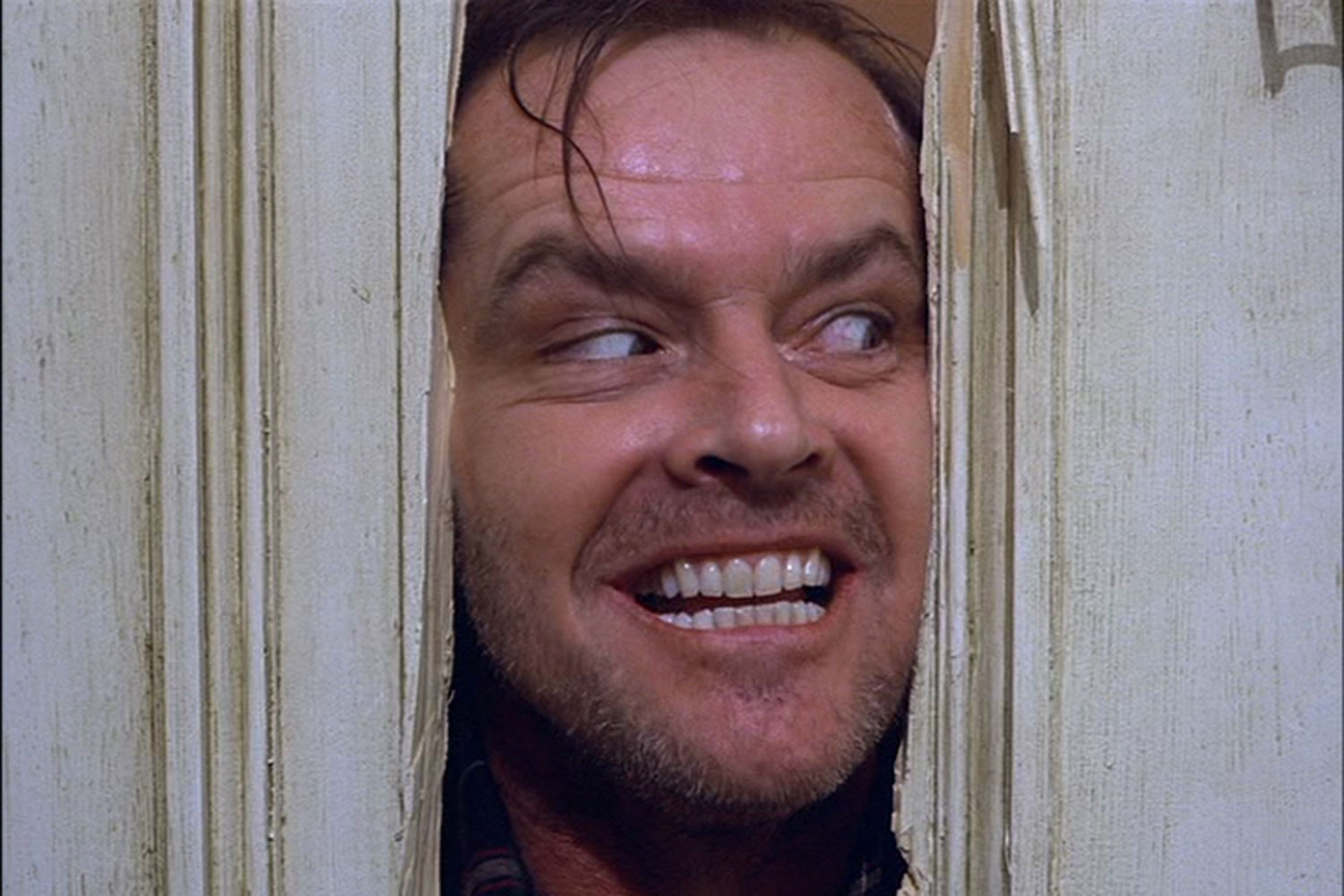Literary Techniques: The Shining

Stephen King’s use of literary techniques in “The Shining” creates a masterful atmosphere of dread and anticipation, immersing the reader in the unsettling and eerie world of the Overlook Hotel.
Foreshadowing and Suspense
King employs foreshadowing throughout the novel, hinting at the impending horrors that await the Torrance family. Subtle references to past tragedies and the hotel’s sinister reputation build a sense of unease, keeping the reader on edge. Additionally, King masterfully uses suspense to create a palpable sense of tension, gradually revealing the hotel’s secrets and the characters’ descent into madness.
Stream-of-Consciousness Narrative Style
The stream-of-consciousness narrative style places the reader directly into the minds of the characters, particularly Danny Torrance. This technique allows for an intimate exploration of their thoughts, fears, and hallucinations, blurring the lines between reality and the supernatural. The disjointed and fragmented nature of the narrative mirrors the characters’ deteriorating mental states, further enhancing the novel’s psychological depth.
Cinematic Techniques, The shining
King incorporates cinematic techniques into his writing to enhance the novel’s visual impact. Close-ups and point-of-view shots immerse the reader in the characters’ perspectives, creating a visceral sense of immediacy. The use of descriptive language and evocative imagery paints vivid pictures in the reader’s mind, bringing the haunted hotel and its inhabitants to life.